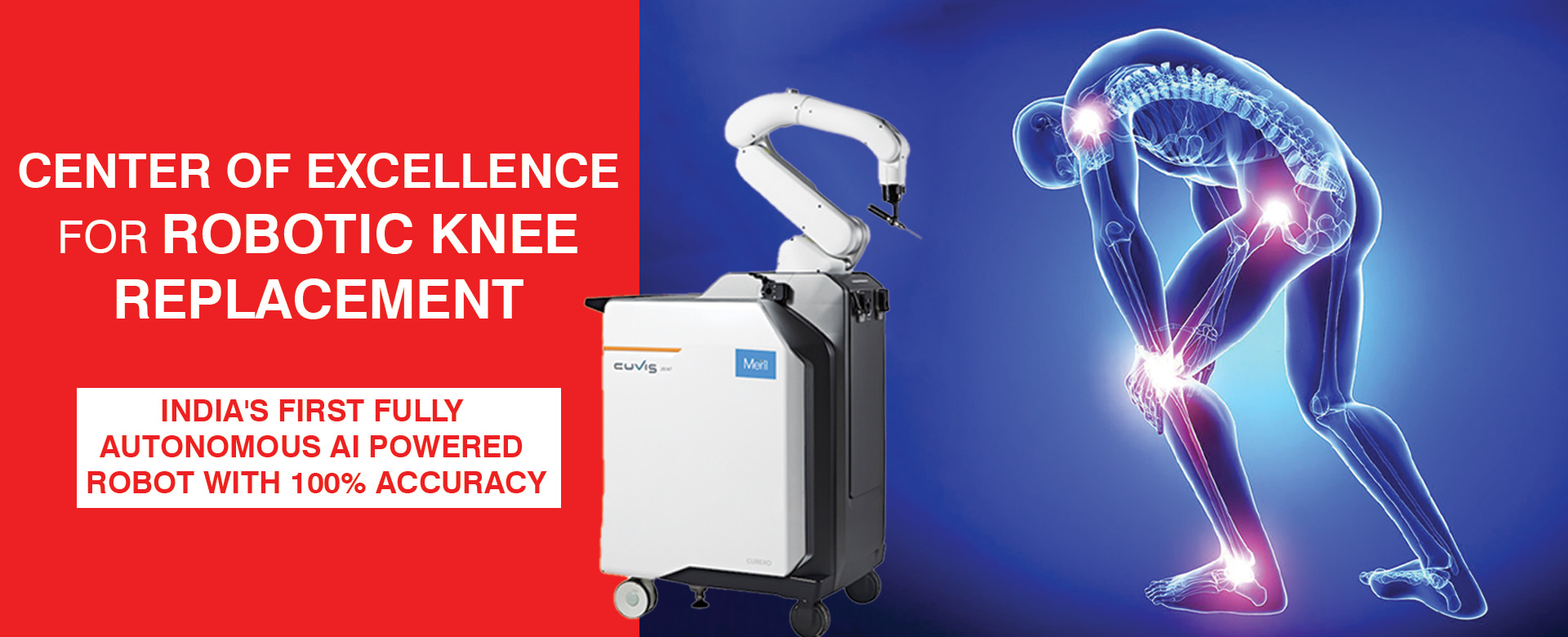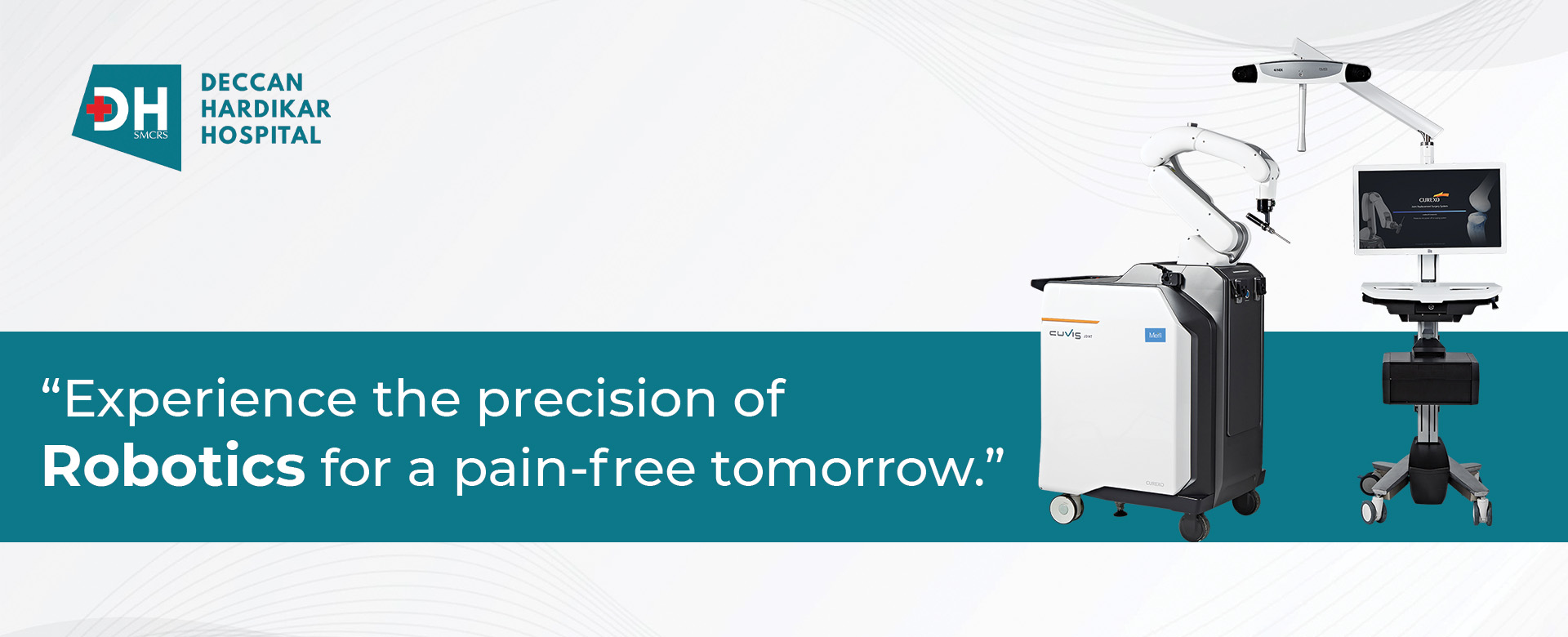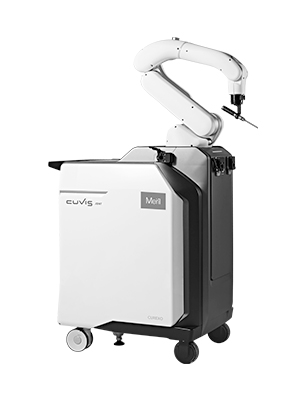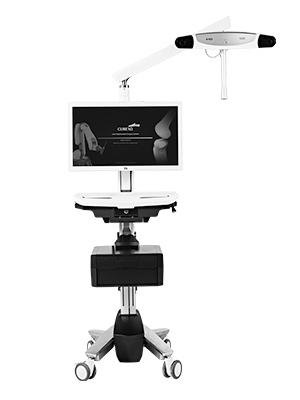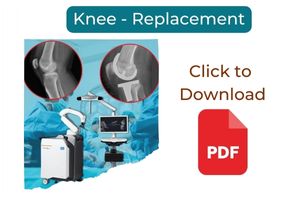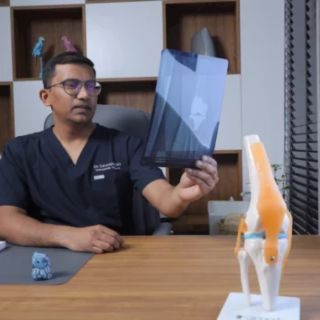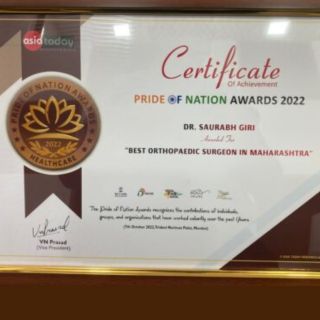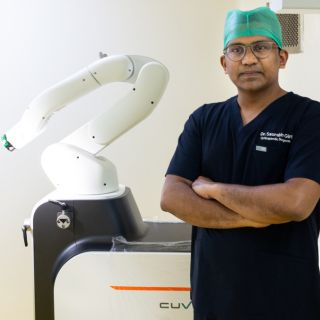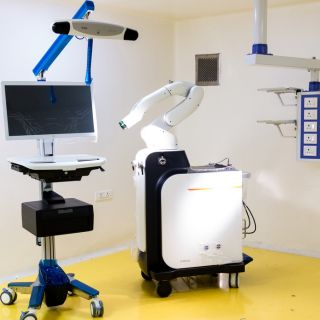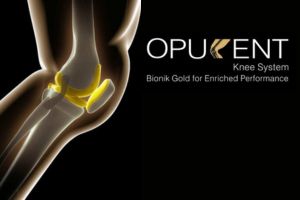
The OPULENT Bionik Gold surface is for allergy and wear protection of knee implant. Macroscopically, the Bionik Gold surface presents a metallic, light golden yellow appearance whereby the coating forms an extremely strong bond with the implant. In addition to Opulent Gold knee surgery, cobalt–chromium–molybdenum alloy (CoCrMo) is one of the most important materials used in orthopedic applications.
Benefits: OPULENT Bionik Gold
- Outstanding biocompatibility
- Allergy preventive
- Hardness superior to cobalt chromium-based alloys
- Higher wettability with synovial fluids
- Low Friction articulation
- Long-term chemical stability
- Avoids inflammation and endoprosthetic loosening
- Extreme adhesive strength
Gold colored Titanium-Nitride/Zirconium nitride coating. Not only does the golden knee implant prevents any allergic reaction with the body, but also, is more durable and has a longer life. After knee replacement most of the patients are able to perform their daily routine within few weeks.
Candidacy for a knee replacement is not based on age, but on the person’s level of pain and immobility. Living with a painful joint that prohibits you from working or participating in normal life activities is an outdated way of thinking so OPULENT knee technique is best choice for patients.
E - Brochure Click to download
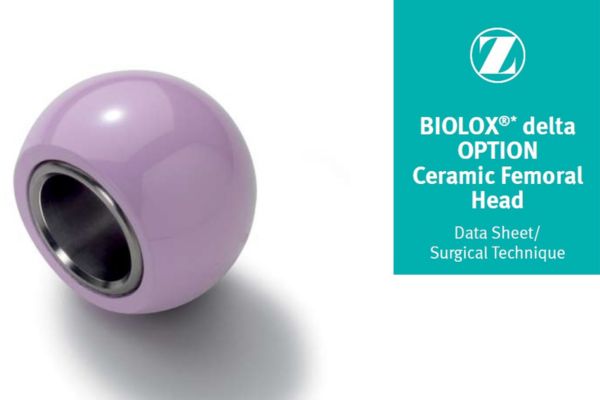
What Is Delta?
The new alumina matrix composite delta meets the increased demands in hip replacement. This high-performance ceramic offers the same advantages as alumina ceramic, i.e. excellent biocompatibility, low wear, high hardness, outstanding chemical and hydrothermal stability, but with higher strength than alumina ceramic.
Science Behind BIOLOX Delta Material
BIOLOX delta is an aluminum oxide matrix composite ceramic consisting of approx. 75% alumina (Al2O3), 24% zirconia (ZrO2) and other trace elements. The pink color is due to the chromium oxide (Cr2O3) that increases the hardness of the composite material.
Alumina provides the material’s hardness and wear resistance, while zirconia, together with other additives, provides improved mechanical properties. The high density of the material and the very small grain size also contribute to the improved properties.
The result is a high-performance ceramic that offers the same advantages as BIOLOX forte: excellent biocompatibility, low wear, high hardness, good mechanical performance, outstanding chemical and hydrothermal stability.
The Microstructure
The first toughening mechanism used in BIOLOX delta material results from the introduction of small, homogeneously distributed yttria-stabilized tetragonal zirconia particles (Y-TZP) in a stable alumina matrix. The spatial separation of these zirconia particles reduces the likelihood of structural transformation and prevents the initiation or propagation of cracks.
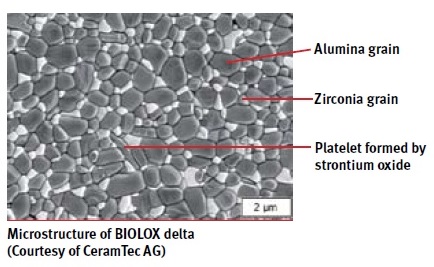
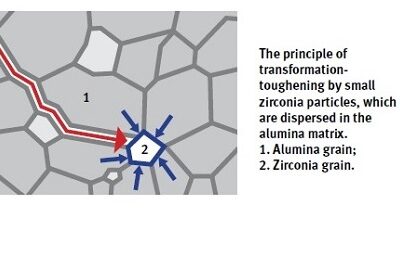
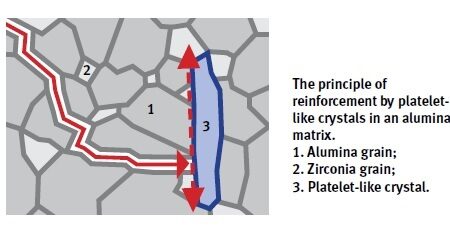
E - Brochure Click to download
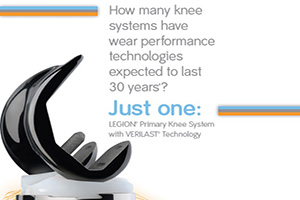
Wear Performance
As today’s patients seek more active lifestyles than traditional patients, knee and hip implants will be expected to endure more stress without succumbing to wear. However, the functional lifetime demand of younger and active patients is 10-fold greater than the estimated functional lifetime of traditional polyethylene1. VERILAST™ Technology from Smith & Nephew is the only bearing technology with published results of 45 Million Cycles of hip and knee in-vitro wear simulation testing, R3™ Hip System and LEGION™ Primary Knee System, respectively. This means the replacement may be expected to provide improved wear performance. More importantly, if implanted earlier, it may restore patients to their active lifestyles sooner.
Biocompatibility: Metal Sensitivity
Smith & Nephew understands that lower nickel content offers benefits to your metal sensitive patients. Just as metal ions are a well described problem for many hip replacement patients, metal sensitivity to cobalt, chromium and nickel (common materials used in most joint replacement implants) are commonly cited allergens. In many cases, sensitivity to these allergens has resulted in revisions for knee replacement patients4-7.
VERILAST™ Technology incorporates proprietary OXINIUM™ alloy instead of the commonly used cobalt chromium alloy. OXINIUM alloy has <0.0035% nickel content, and <0.02% chromium content compared to up to 0.5% and 30.0% respectively in cobalt chrome. Moreover, oxidized zirconium is a nearly inert material that has not been reported to induce immune reactions.
